Winter burn? What is it and can the evergreen survive? Last summer, we planted a Dwarf spruce, now this winter its is showing browning on the south, southeast side of plant. Is this winter burn and can we do anything to correct it?
Thanks!
Lilly,
Winter injury is very common in conifers and appears to be quite widespread this year. The injury is also called winter drying, winter desiccation or winter burn. This injury usually occurs during midwinter or early spring when water is lost from the needles and cannot be replaced in sufficient amounts. As a result, needles turn brown and often fall from the tree as temperatures start to warm in the spring. Those needles that do stay on the tree are likely not to recover their green color.
Conifers can transpire some moisture during the winter months, and the amount of water loss can be influenced by many factors. Mild, sunny and windy days can promote excessive leaf transpiration during the winter. If the water in the soil or tree is frozen, then this moisture lost from the needles cannot be replaced in adequate amounts. There may also be insufficient amounts of water for root uptake in very sandy, well-drained soils.
Rapid fluctuations in temperature, extremely low temperatures and very windy conditions may increase winter injury on conifers. Injury is most severe on the south side of the tree where exposure to the warm sun is greatest and on the side that receives most of the prevailing, drying wind. Browning of the foliage is usually restricted to areas above the snowline.
Some needles and branches will be lost, but most buds on the affected branches will develop normally. In many cases needle discoloration and loss due to winter injury cannot be prevented. However, there are few methods to help reduce the extent of injury in conifers. Mulching around the base of the tree will help hold in heat and prevent deep freezing around the tree. Well-drained, aerated and fertile soils will help to improve tree vigor and thus, a greater likelihood of keeping winter injury to a minimum.
Dee

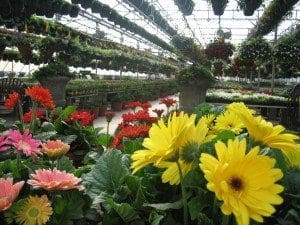
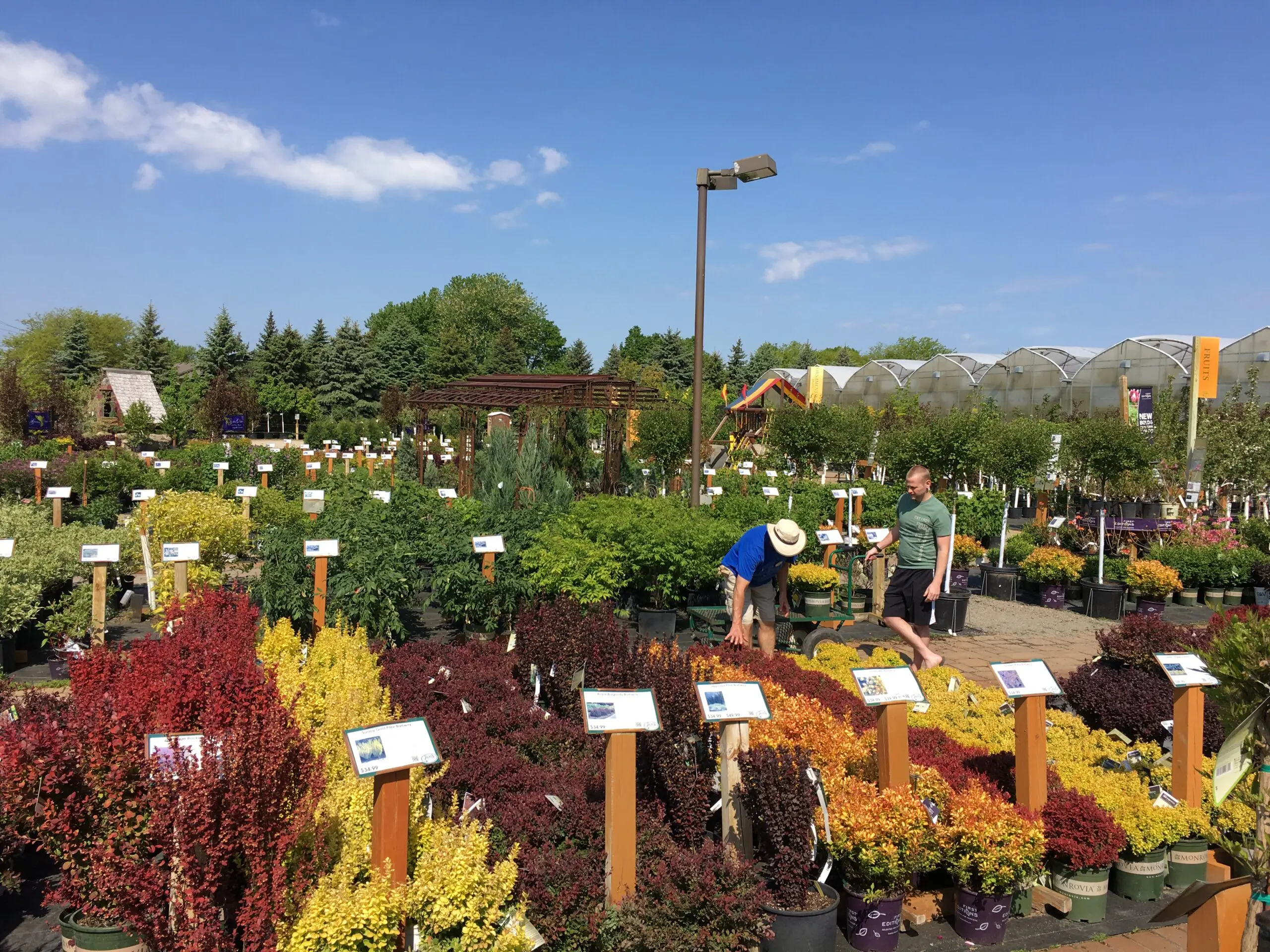
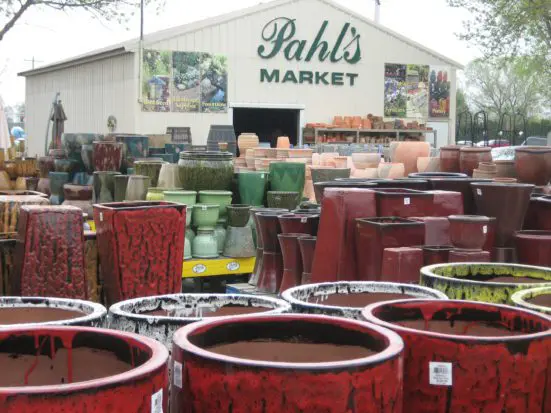
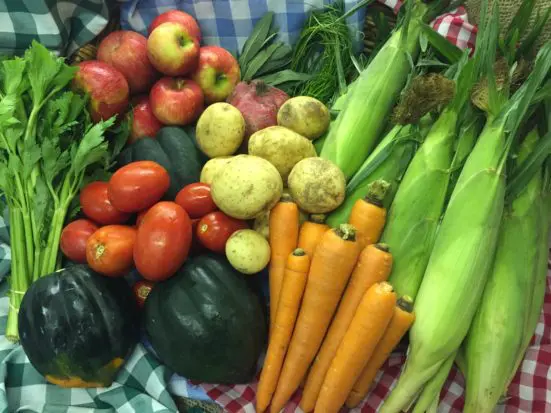

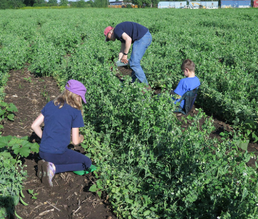
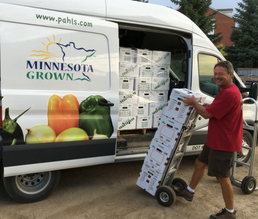
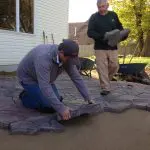

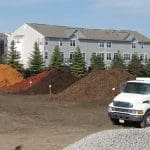

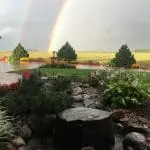



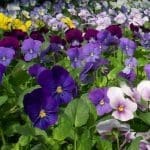
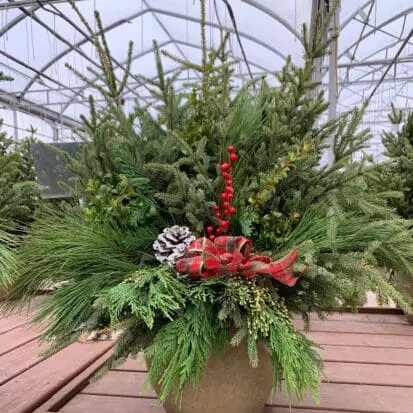

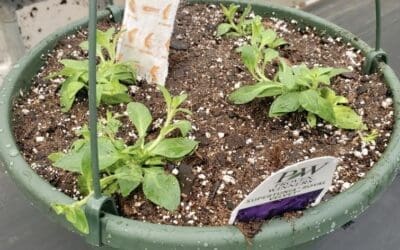
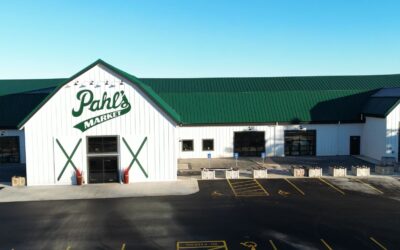

0 Comments